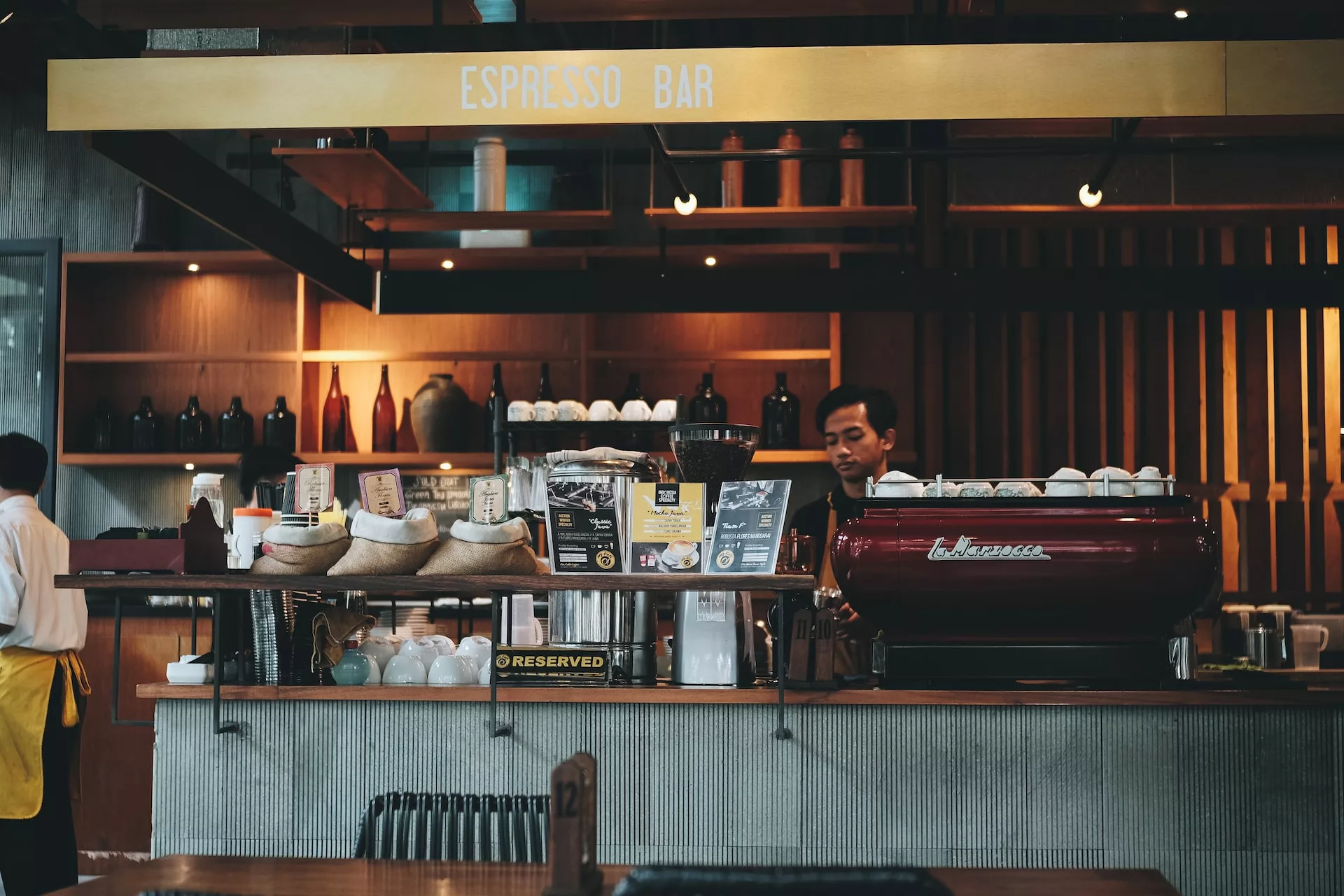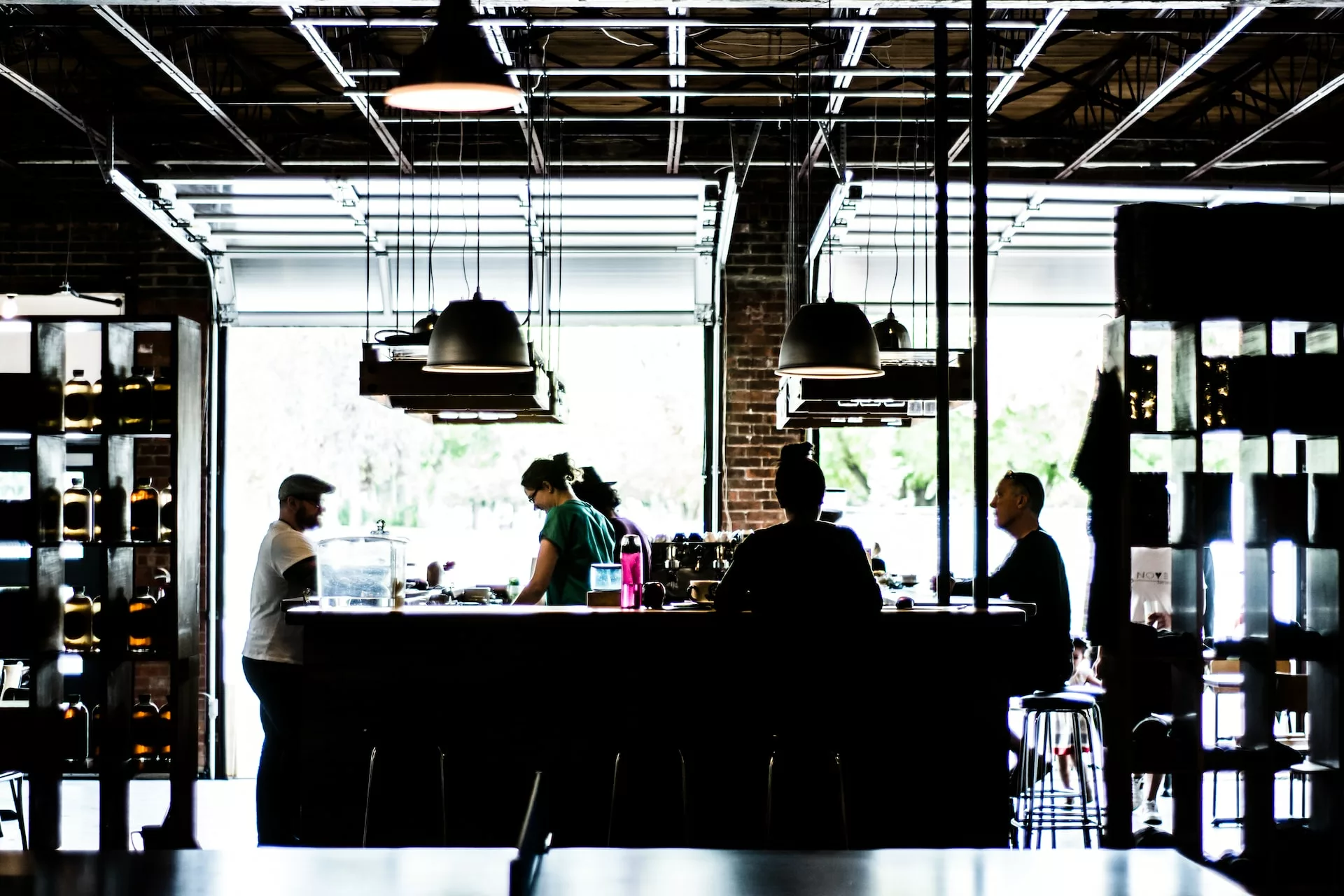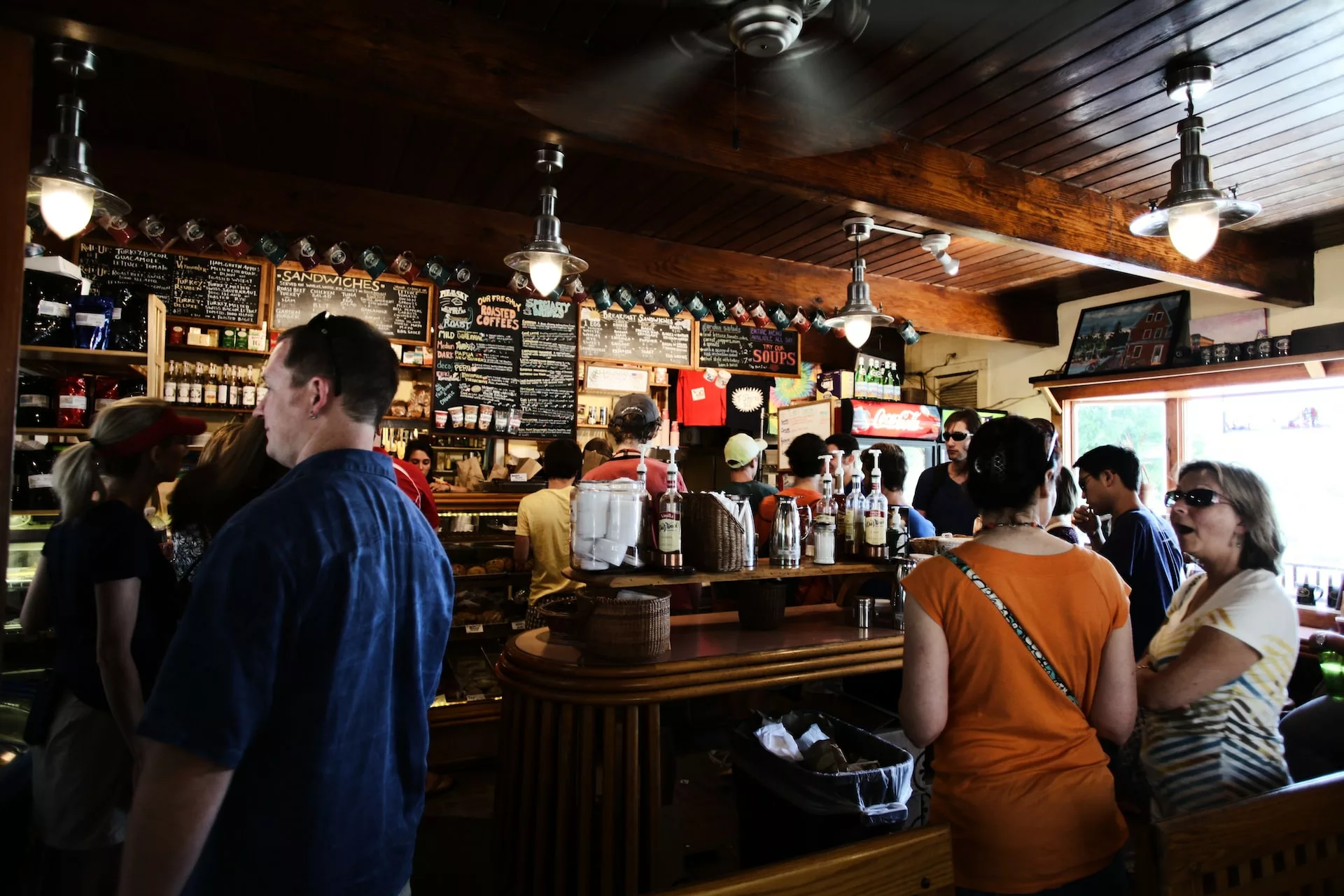Are you an entrepreneur managing a coffee shop? Training staff can be one of the biggest challenges for business owners; however, it is also essential to ensure that your business runs smoothly and efficiently. When you’re starting a coffee shop, training your staff is vital for your success. Fortunately, there are tips you can use to make the process simpler.
In this blog post, I’ll share 6 strategies to help train your employees effectively and position yourself as a successful coffee shop owner! This will help make it easier to open your coffee shop. From defining job roles to creating incentives, read on for easy-to-follow tactics that will take some of the stress out of training staff at your coffee shop.
Establish goals for staff training.
Setting goals for staff training in your coffee shop is essential for improving performance, increasing job satisfaction and creating a professional atmosphere for your customers. Having clear objectives for staff members to work towards is the foundation of successful employee development.
When you first establish goals for your staff, it’s important to consider the overall vision of your business. What kind of environment do you want to create? What type of service are you trying to provide? Once you have these answers in mind, you can begin establishing specific goals that will help bring your vision to life.
Start by writing out a list of skills or tasks that each member should be able to perform when it comes to customer service. This list could range from taking orders and making drinks, all the way up to properly addressing customer complaints and managing difficult situations with grace and professionalism. These initial goals should serve as a baseline for all employees, no matter what type of environment they come from or how long they have been in the business. This list is also helpful for setting up checklists for coffee shop employees.
Once these skills and responsibilities are established, you can start breaking down tasks into smaller parts and developing more detailed plans. For example, if one of your goals is having baristas make drinks quickly and accurately, then create milestones that involve learning recipes within a certain time frame or memorizing different size options available with each beverage option. You may also want to consider implementing an incentive or reward program so that employees know their hard work is appreciated and rewarded accordingly.
In addition to setting tangible skills-based objectives, another component of developing employee goals revolves around fostering collaboration among team members. This could mean encouraging workers to learn about each other’s strengths and weaknesses so that everyone can search support from one another when needed. It may also mean providing opportunities for peer reviews so that coworkers can give feedback on how well everyone is performing their duties together as a team. By adding this layer into your training plan, team morale will increase which will result in improved job satisfaction levels across the board.
Finally, your staff’s training plan should include both short term and long term goals so that everyone has something concrete to strive towards without feeling too overwhelmed or intimidated by the process. Short term goals can focus on day-to-day operations while longer-term objectives will give workers something more substantial and far reaching they can achieve down the line such as mastering advanced techniques like latte art or acquiring particular certifications related to food/beverage industry standards. Keep in mind that learning new material always takes time so don’t push too hard at first – allowing people space to grow is essential!
Overall, setting goals for staff training in your coffee shop sets the tone for success among both individual employees as well as collective teams memberships alike by giving them concrete steps they can take towards improvement while also granting them necessary room for growth along the way! Whether big or small – every goal achieved matters!
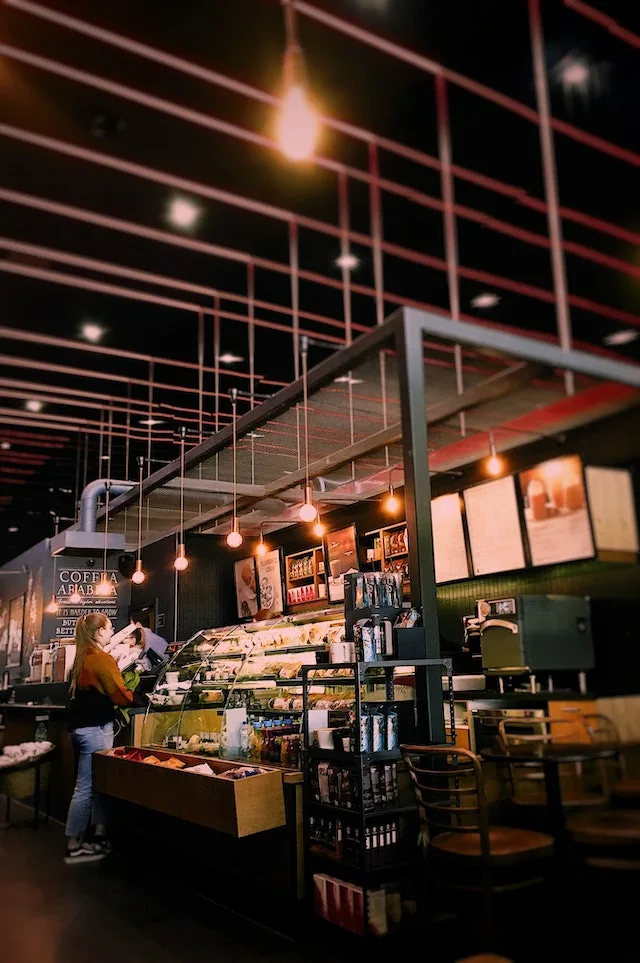
Set up a system for measuring progress.
Setting up a system for measuring progress when it comes to training staff at your coffee shop is essential for ensuring that everyone is on the same page and making tangible steps towards improvement. Without such a system in place, it can be difficult to accurately track how successful your efforts are and if objectives are being met or not.
The first step to establishing such a system is deciding what type of metrics you would like to measure. This could include anything from response time for customer orders, to quality of drink made, to knowledge of recipes and menu items. No matter which areas you choose, make sure that you have specific criteria for judging each performance goal so that evaluation is unbiased and fair.
Once these metrics have been established, then you can start setting up an actual method of tracking the progress. For example, set up daily or weekly check-ins with staff members in order to review their performance against set goals and provide feedback on how they can move forward more effectively. You can set specific business days for specific types of check-ins. Additionally, create charts or spreadsheets detailing exactly where employees stand in terms of meeting objectives shortly after reviews are completed – this will give workers a clear indication of what tasks need further attention as well as a sense of accomplishment when milestones are achieved.
You may also want to research various software programs or apps available for monitoring employee progress as there are many options out there that offer detailed tracking systems along with streamlined reporting features. Allowing supervisors or managers access to these tools can be advantageous if regular check-ins become too time consuming – plus it’s always nice having everything organized electronically!
Finally, keep in mind that measuring success doesn’t stop when certain goals have been reached; rather it should continue until the end game has been accomplished (which may require constant reassessment). As such, make sure to collect both quantitative data (such as number of beverages served correctly) as well as qualitative assessments (customer feedback ratings) over time in order to gauge overall success accurately instead of relying solely on short term measures which could be skewed easily by external factors like seasonal demand or staffing shortages.
When done correctly, setting up a system for measuring progress when it comes staff training at your coffee shop helps promote an environment where employees feel empowered through their own hard work and dedication – something every business can benefit from greatly! With concrete objectives firmly in place alongside effective tracking methods, watch team morale rise as objectives become achievable realities!
Create an engaging and interactive learning environment.
Creating an engaging and interactive learning environment for staff training at your coffee shop is essential for ensuring that employees remain motivated, focused and engaged while they are learning new skills or tackling more difficult tasks. By creating a memorable and enjoyable experience, you can help ensure that all staff members look forward to their training sessions – instead of dreading them!
The first step to making the learning environment more engaging starts with the physical location of the classroom or space assigned for training sessions. Consider turning a portion of the cafe into a classroom equipped with necessary materials – such as whiteboards, desks and chairs – so that everyone feels comfortable during lessons. Additionally, make sure that lighting is bright enough to facilitate reading without causing strain on eyesight or tension headaches.
Another important element to consider when designing your learning space revolves around visual appeal. Although practicality is paramount here, adding a few decorations here and there can go a long way towards making the atmosphere more inviting and welcoming in nature. A few plants or artwork hung up on walls could be just what it takes to add some color and cheeriness into the area!
Once the physical aspects of your training environment have been established, then it’s time to focus on what activities should be implemented in order to create an interactive setting.
Activities such as simulations (where employees have to act out scenarios from real-life customer interactions) or debates (which encourage critical thinking) help break up traditional lecture-style teaching which can often become mundane over time.
Additionally, try introducing fun activities such as “coffee trivia nights” once in awhile – this will not only serve as a great refresher session every now and then but also help team members bond in ways they wouldn’t normally do during regular working hours.
Finally, when designing your interactive environment don’t forget about feedback mechanisms! Feedback is essential for tracking progress but it should also be seen as an opportunity for two-way communication: instructors should provide constructive criticism while listening intently to any observations that students may have regarding certain topics being discussed. This helps foster mutual trust between teachers/trainers and those being taught which makes it easier for everyone involved when it comes tackling tougher concepts down the line!
When done right, having an engaging and interactive learning environment for staff training at your coffee shop helps promote enthusiasm within everyone involved – something which will come in handy when stressful situations arise or difficult objectives need addressing! With all these tips in mind, turn any dull training session into an uplifting experience filled with laughter by following these steps today!
Utilize the right resources to optimize training results.
Utilizing the right resources when it comes to optimizing training results for staff at your coffee shop is essential to ensuring that everyone involved is on the same page and working towards the same goals. With so many online and offline options available, selecting the best fit for your needs can be a bit of a challenge – however, with just a few simple considerations you can quickly determine which tools are most suitable. Finding these tools is one of the secrets I wish I knew before opening a coffee shop.
First, evaluate what type of training you would like to provide. Do you want to focus solely on customer service skills or incorporate more technical aspects such as barista knowledge? Answering these questions will help narrow down potential resources that are best suited to your situation. For instance, if you’re primarily looking for ways to teach employees how to interact with customers, then finding an online course might be a better option compared to purchasing physical texts or videos – which could take more time and money up front.
Second, consider budget constraints when deciding what type of materials and/or programs you would like incorporate into the overall learning framework. While some established businesses may have larger sums of money set aside for employee training programs, startups or smaller operations may have limited funds available for this purpose – in this case researching free or low cost alternatives can be especially beneficial!
Thirdly, don’t overlook the importance of technological aids when assessing resources. Although newer software often comes with higher costs upfront, long-term benefits can greatly outweigh any initial expenses by making it easier (and faster) for staff members to learn new concepts while providing instant feedback relating to performance measures during lectures or classes. Additionally certain platforms offer features such as automated reporting which makes tracking progress simpler and quicker than ever before!
Finally, make sure that no matter what resources are chosen they ultimately lead towards helping employees achieve mastery in their chosen areas. No one wants to feel confused or frustrated when trying absorb new material so focus on providing materials that are easy-to-understand yet still relevant enough for employees feel challenged appropriately – doing so helps foster motivation and maintain interest throughout the entire training process!
By utilizing the right resources when it comes optimizing training results for staff at your coffee shop not only will staff members benefit from improved skill levels but also improve morale over time as lessons become more enjoyable and exciting experiences instead of dreaded obligations!
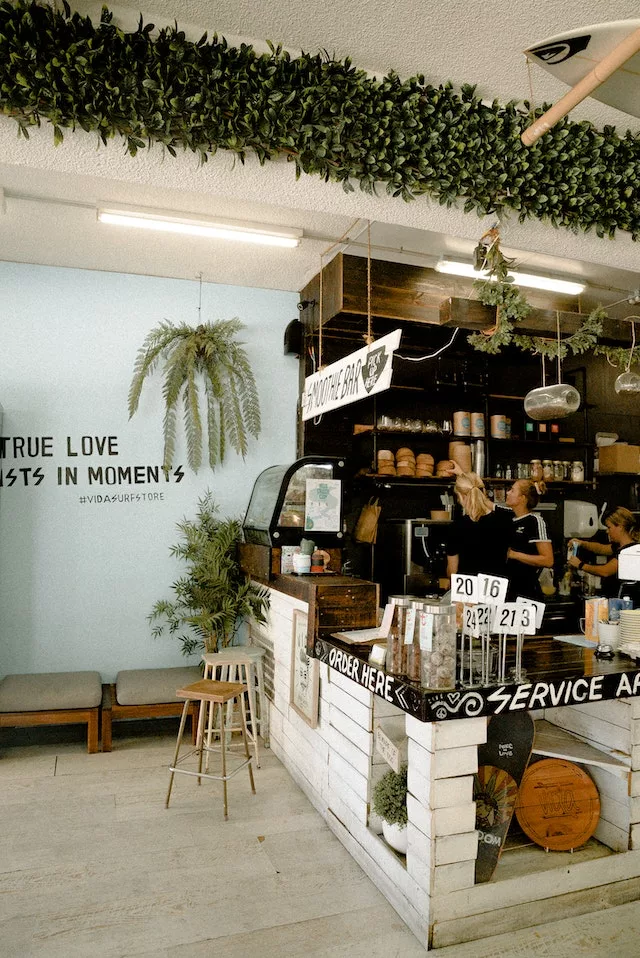
Provide feedback regularly on performance and progress.
Providing feedback regularly on performance and progress of staff training at your coffee shop is essential to helping employees stay focused, motivated, and engaged during the learning process. Regular feedback can help create a dialogue between instructors/trainers and students which in turn encourages open communication and provides an opportunity to take corrective measures if necessary. Additionally, setting expectations clearly from the beginning will make it easier for everyone involved to track progress throughout the duration of the training program.
The type of feedback that you offer for staff members should depend on the nature of their job roles. For those working directly with customers (such as a barista or cashier), focus on reinforcing their customer service skills by providing positive reinforcement whenever possible – this could be in the form of a verbal compliment or even offering rewards such as extra tips or special bonuses. On the other hand, those responsible for running machines should receive more technical-related feedback such as ways to streamline processes or optimize cleaning orders for higher efficiency.
In addition, try to provide regular critique (where appropriate) so that employees understand that mistakes are part of any learning process – don’t allow defensive mindsets to impede progress when errors are made! Instead use those moments as an opportunity to explain why certain methods may work better than others while also noting what they did well along the way – this creates a sense of understanding rather than defensiveness which ultimately helps keep morale high!
Another factor to consider when providing feedback is timing; make sure it happens consistently instead of being sporadic. This allows employees more time to incorporate suggestions into everyday routines while also making them feel like they have more control over their growth process overall.
Additionally, remember that not all feedback should be negative! Try introducing occasional “achievement checks” every now and then which provide an informal review on how much an individual has grown since joining your team – this helps boost morale and reinforces important concepts all at once!
When done right, providing regular feedback on performance and progress for staff training at your coffee shop can help ensure that everyone involved remains enthusiastic about learning new topics while having fun in the process! So make sure you take these considerations into account next time you plan out your course outline – it could just be what it takes for creating lasting success within your cafe!
Take a holistic approach when it comes to staff development and training needs.
Training and developing staff at your coffee shop involves much more than just teaching skills. Forming a mutually supportive relationship with employees and creating an environment that promotes open communication are two important aspects of success when it comes to the overall learning process.
Taking a holistic approach when it comes to staff development and training needs for your business not only helps create well-rounded individuals, but also builds trust and team spirit within the workplace. The key is to ensure that everyone involved feels valued and supported in their efforts – as this can be incredibly empowering for them in the long run!
To begin with, try to create an atmosphere of collaboration where members feel they can contribute ideas without feeling judged. This should include allowing employees time away from their desk so that they can share thoughts freely without any pressure or expectations; this kind of exchange could prove invaluable when it comes to problem solving or improving standards across the board.
In addition, offering support for individual goals is also highly beneficial; by acknowledging each person’s unique aspirations you allow them to take ownership of their own development – which often leads to increased job satisfaction over time. You might also want to think about setting up mentorships between senior members within the company as this can help new staff quickly familiarize themselves with core practices while having someone they can turn to if needed.
Finally, always remember that one size does not fit all! Different people learn in different ways so keep this in mind when preparing materials or facilitating discussions during classes – making space for creative solutions is just as important as delivering (accurate!) information!
By taking a holistic approach when it comes to staff development and training needs at your coffee shop, you’ll not only maximize the effectiveness of your program but also foster lasting relationships between employers and employees alike – making it an all-round win situation for everyone involved!
More Coffee Shop Articles
Should I find a partner for my new Coffee Shop?
Launching a coffee shop can be an overwhelming task, especially if you have limited resources. Finding the right partner can be an invaluable asset to your business and help you reach your goals faster. In this post, we’ll discuss when it’s a good idea to find a partner for your coffee shop business.
Hit the Ground Running: How to Accelerate Your Coffee Shop Startup
Starting a new business is an exciting but daunting undertaking. If you want your coffee shop to take off and reach its full potential, it’s important to hit the ground running. In this post, we’ll explore how to accelerate your coffee shop startup by addressing key areas like planning, marketing, and operations.
What Professional Services Do I Need to Start My Coffee Shop?
Starting a coffee shop is a big undertaking, and it’s important to make sure you have the right professional services in place. In this post, we’ll explore what services you need to help make your dream of owning a coffee shop a reality.
5 Secrets to Local Marketing for My Coffee Shop
Local marketing is the key to success for any small business – especially a coffee shop. In this post, we uncover five tips and tricks that can help drive more customers through your door and boost your revenue.
Reducing Risk: Insurance Options for My Coffee Shop
Choosing the right insurance coverage for your coffee shop is an important part of reducing risk and protecting your business. Taking time to review available options and weigh the costs against potential risks can help ensure that you have the best coverage possible.
How Do I Get a Business License for My Coffee Shop?
Are you planning to open your own coffee shop? Make sure you know how to get a business license first! This post will explain step-by-step how to get the right license for your bustling cafe.
How Do I Find the Right Location for My Coffee Shop?
Opening a coffee shop is a big decision, and it all starts with finding the perfect location. In this post, we’ll take a look at what goes into choosing the ideal spot for your coffee shop business.
5 Mistakes Coffee Shop Entrepreneurs Make
Starting a coffee shop can be a daunting but rewarding task. But without the proper preparation, entrepreneurs can easily make mistakes that could prevent them from achieving success. This post covers five common pitfalls coffee shop owners should look out for to ensure they do not fall victim to them.
How to Find Funding to Start a Coffee Shop
Are you ready to become your own coffee shop owner? There are many ways to finance a new business, and this post will discuss how to find funding for your coffee shop dreams.





